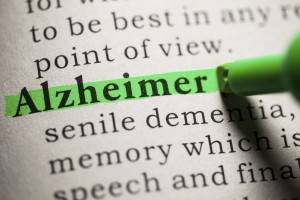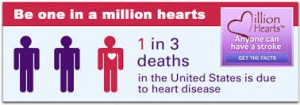September is Fruit and Vegetable Month, and according to Foodies, smashed cucumber salads are currently all the rage. The perfect recipe to try using the last of your summer garden cucumbers, if you’re not using Persian cukes, peel and deseed before smashing.
Smashing or smacking is a classic Chinese technique that allows the cucumbers to absorb more flavor. Get the recipe here, courtesy of the New York Times.
INGREDIENTS
- About 2 pounds thin-skinnedcucumbers like English or Persian (8 to 10 mini cucumbers, 4 medium-size or 2 large greenhouse)
- 1 teaspoon kosher salt, plus more for cucumbers
- 2 teaspoons granulated sugar, plus more for cucumbers
- 1 ½ tablespoons rice vinegar
- 2 teaspoons sesame oil
- 2 teaspoons soy sauce
- 1 tablespoon grapeseed or extra-virgin olive oil
- 2 large garlic cloves, minced or put through a press
- Red pepper flakes, to taste
- Small handful whole cilantro leaves, for garnish
- 2 teaspoons toasted white sesame seeds, for garnish (optional)
PREPARATION
- Rinse cucumbers and pat dry. Cut crosswise into pieces about 4 inches long. Cut each piece in half lengthwise.
- On a work surface, place a piece of cucumber (or several) cut side down. Lay the blade of a large knife flat on top the cucumber and smash down lightly with your other hand. The skin will begin to crack, the flesh will break down and the seeds will separate. Repeat until the whole piece is smashed. Break or slice diagonally into bite-size pieces, leaving the seeds behind.
- Place the cucumber pieces in a strainer and toss with a big pinch of salt and a big pinch of sugar. Place a plastic bag filled with ice on top of the cucumbers to serve as a weight and place the strainer over a bowl. Let drain 15 to 30 minutes on the counter, or in the refrigerator until ready to serve, up to 4 hours.
- Make the dressing: In a small bowl, combine salt, sugar and rice vinegar. Stir until salt and sugar are dissolved. Stir in sesame oil and soy sauce.
- When ready to serve, shake cucumbers well to drain off any remaining liquid and transfer to a serving bowl. Drizzle with grapeseed or olive oil and toss. Add half the dressing, half the garlic and the red pepper flakes to taste, and toss. Keep adding dressing until cucumbers are well coated but not drowned. Taste and add more pepper flakes and garlic if needed. Serve immediately, garnished with cilantro and sesame seeds.
All content of this newsletter is intended for general information purposes only and is not intended or implied to be a substitute for professional medical advice, diagnosis or treatment. Please consult a medical professional before adopting any of the suggestions on this page. You must never disregard professional medical advice or delay seeking medical treatment based upon any content of this newsletter. PROMPTLY CONSULT YOUR PHYSICIAN OR CALL 911 IF YOU BELIEVE YOU HAVE A MEDICAL EMERGENCY.




 an make you look long and lean, and can definitely add some glitz to your outfit—but unfortunately, that’s not all they’re doing.
an make you look long and lean, and can definitely add some glitz to your outfit—but unfortunately, that’s not all they’re doing.




